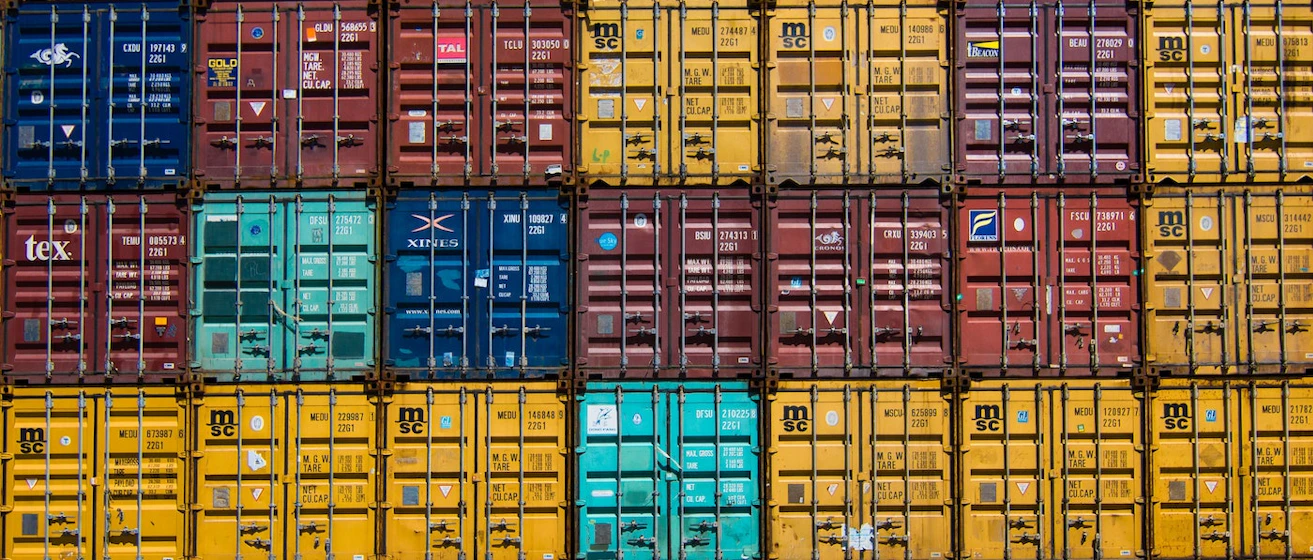One of the biggest hurdles fast-growing businesses face is being able to keep up with demand, without constricting cash flow. They often get to a point where they need to increase order sizes to have enough inventory to keep customers happy – but tying up their capital into stock means slowing down their potential for growth.
It then becomes a catch-22: if you increase the order sizes, the impact to the cash flow limits your capacity to invest in growth, and if you don’t, your growth will naturally slow down as you can’t keep up with demand.
Here are a few factors to consider if you find yourself facing this dilemma.
There are many pros to increasing your order sizes
The benefits of making larger orders include:
Lower freight costs
When you increase order sizes, you make less frequent shipments, which decreases your freight costs compared to making smaller orders more frequently.
It also lowers your cost per cubic meter of cargo shipped because of economies of scale. When you order goods in small quantities, products from different retailers are combined and packed into one container. This is the Less-than-Container-Load (LCL) method of shipping.
The cost per cubic meter for goods shipped this way is higher than when you use a full container to ship your products. So larger order sizes can lead to significant savings in freight costs.
Faster lead times
When you increase your order size and use a full container, your order typically arrives faster. That’s because full containers attract fewer customs checks compared to shared containers with mixed loads of goods. This can add weeks to delivery times.
Sometimes, shared containers need to be shipped through multiple ports. And in such cases, goods going to a secondary port will have to wait for consolidation with others, to make a full container load.
Larger order sizes that use full containers don’t face such delays – so the goods arrive sooner.
Fewer damages
Since larger order sizes don’t have to be unpacked and repacked in transit – or consolidated with others – there is a reduced risk of damages as goods are handled less.
Lower cost per unit
Larger orders attract more favorable terms from suppliers, such as volume discounts when you reach a certain order size. This, coupled with the savings on freight costs (and fewer damages) mentioned above can lower the cost for each of the goods sold significantly.
And of course – with lower cost per unit comes higher margins.
The main con of increasing order sizes
Assuming the demand is there and you know the goods will be sold, there is one main downside to increasing your order sizes: it puts a strain on your cash flow.
Impact to cash flow
Many businesses have to pay suppliers upfront when making orders, and then wait for the goods to be produced and shipped to them – which can take months sometimes.
Increasing your order sizes, therefore, ties up a larger chunk of your cash as you wait for your supplier to deliver before you can get your money back. This is worse for businesses with multiple product lines that want to make large orders across all product lines.
If the demand is high and you’re growing fast, it can quickly become impossible to grow without hurting your liquidity.
Getting over the cash flow hurdle
The time between paying for the inventory and getting cash back from selling it (cash-to-cash time) is vital to business survival – especially small and medium-sized enterprises (SMEs).
Treyd's solution solves this exact issue, helping shorten (or even remove) this cash-to-cash gap by financing supplier invoices – paying for inventory upfront, and letting you pay back up to four months later.
This lets businesses confidently increase order sizes without worrying about the impacash flow – and it's exactly what companies like Strawbees and Collar of Sweden have been able to do by using Treyd.
With Treyd, you free up working capital that can go towards increasing marketing, hiring new employees or improving operations. Since increasing orders with your suppliers allows you to handle higher customer demand, it becomes easier to grow without the fear of inventory constraints hurting your brand.
If you’re thinking of increasing inventory orders, but cash flow concerns are holding you back – get in touch with the Treyd team to see how we can help.
